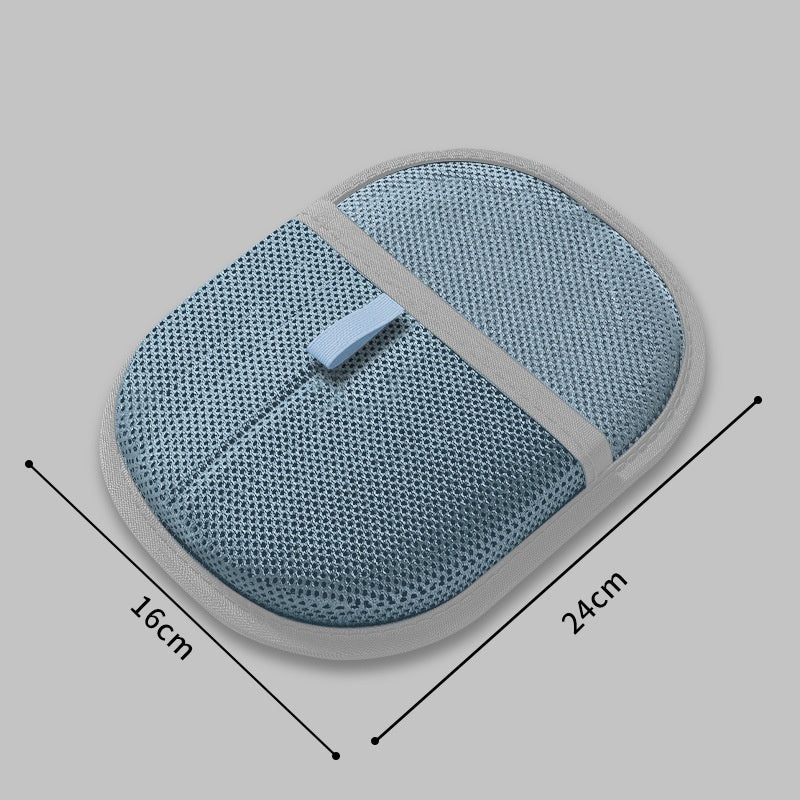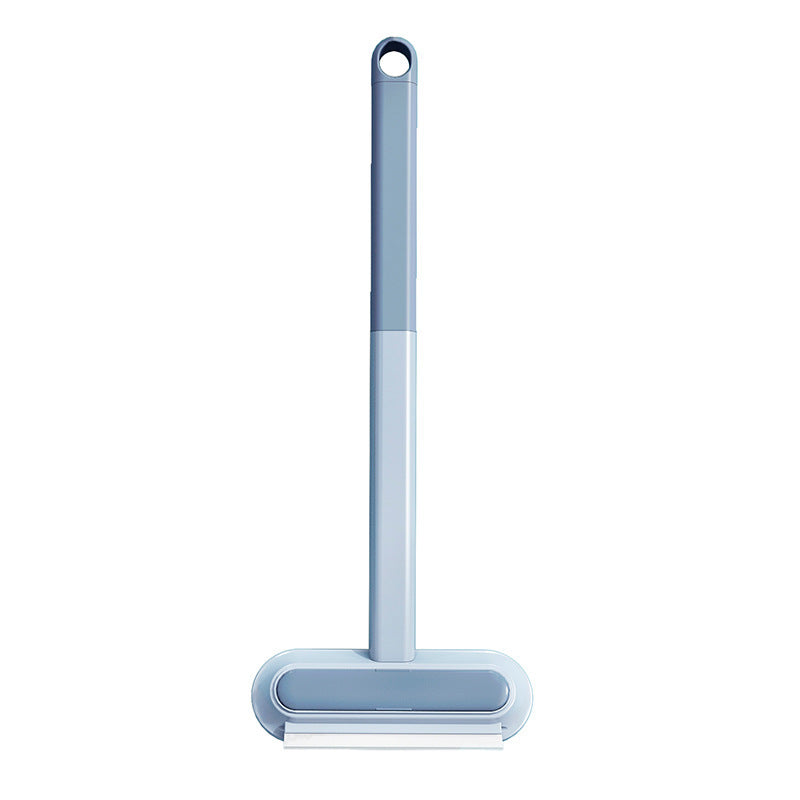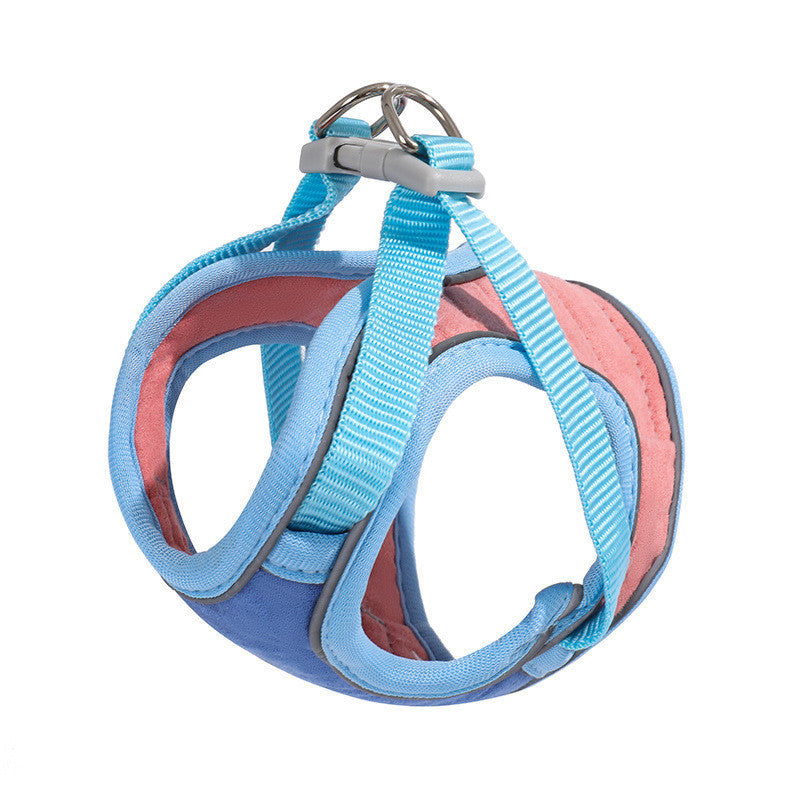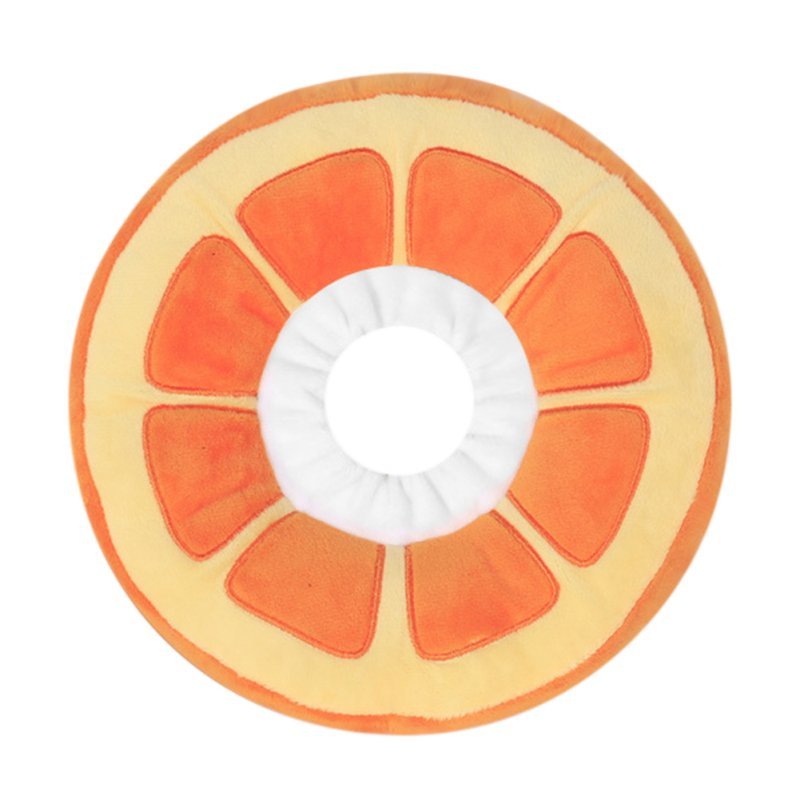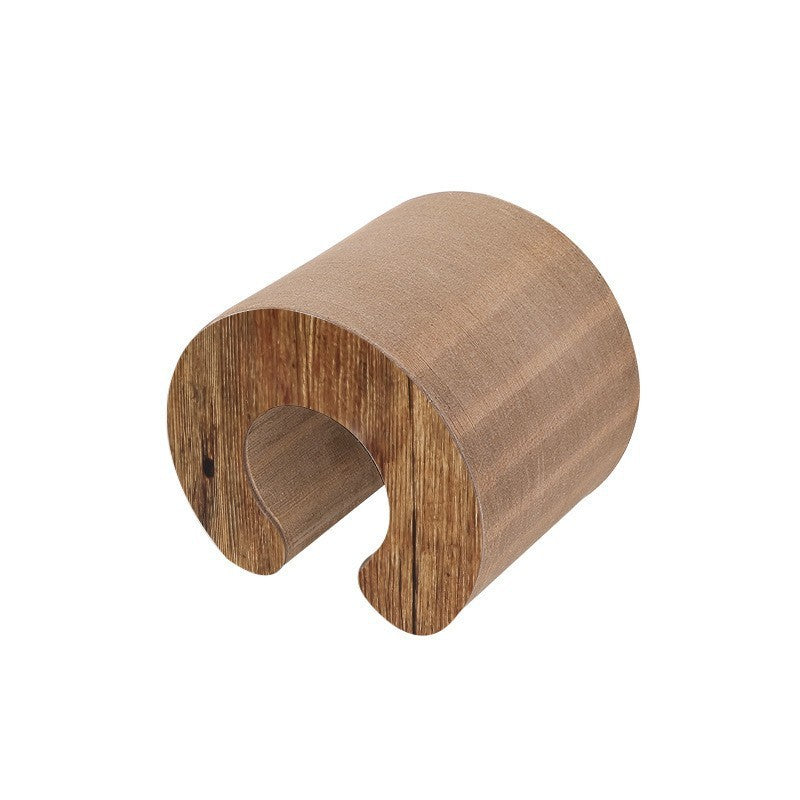Just as humans adapt their routines and wardrobes to seasonal changes, cats also need adjustments in their care throughout the year. While their natural fur coats provide some protection, domestic cats still face seasonal challenges that attentive owners can help manage. In this blog, we'll explore how to support your cat's health and comfort through every season.
Summer precautions: Heat poses significant risks to cats, particularly those with thick coats or breathing difficulties. Ensure constant access to fresh, cool water and consider multiple water stations throughout your home. Create cool resting areas away from direct sunlight, and be cautious about leaving cats in cars or poorly ventilated rooms during hot weather. Some cats may benefit from cooling mats or elevated beds that allow air circulation.
Winter warmth: Cats seek warm spots year-round, but winter requires extra attention to temperature comfort. Older cats and those with thin coats may need additional warmth through heated beds or extra blankets. Monitor outdoor cats more closely during cold snaps, and consider bringing them indoors during extreme weather. Indoor heating can reduce humidity, so maintain adequate water availability to prevent dehydration.
Fox Valley Animal Hospital and FOUR PAWS Australia recommend extra bedding, heated beds, and bringing outdoor cats indoors during cold snaps. They also advise checking outdoor shelters for insulation and wind protection, and monitoring cats for signs of discomfort or dehydration, especially during dry, heated indoor conditions.
Spring transitions: As temperatures moderate and daylight increases, many cats experience increased energy and may shed their winter coats more heavily. Increase grooming frequency to manage excess fur and prevent matting. Be aware that spring brings increased allergen levels that may affect sensitive cats, and monitor for seasonal allergy symptoms like excessive grooming or respiratory changes.
Autumn preparations: Fall often triggers increased shedding as cats prepare winter coats. Regular brushing becomes particularly important to prevent matting and reduce hairballs. As daylight decreases, some cats may experience mood changes similar to seasonal affective disorder in humans. Maintain consistent activity levels through interactive play to combat potential lethargy.
Holiday considerations: Seasonal celebrations often introduce hazards like toxic plants (poinsettias, mistletoe), dangerous decorations (tinsel, small ornaments), and rich foods that can upset feline digestive systems. Create safe spaces away from party activities and ensure guests understand feeding restrictions.
RSPCA Pet Insurance and Australian veterinary clinics warn of seasonal hazards such as toxic plants (e.g., poinsettias, lilies), dangerous decorations (tinsel, small ornaments), and rich foods. They advise creating safe spaces away from party activities and educating guests about what not to feed cats.
| Season | Key Challenges | Recommended Actions |
|---|---|---|
| Summer | Heat, dehydration, sunburn | Cool, shaded resting areas, multiple water sources, never leave in cars |
| Winter | Cold, dehydration, dry air | Extra bedding, heated beds, monitor outdoor cats, fresh water |
| Spring | Shedding, allergies, parasites | Increase grooming, monitor allergies, fresh water |
| Autumn | Shedding, mood changes, lethargy | Regular brushing, maintain play routines |
| Holidays | Toxins, decorations, rich foods | Safe spaces, educate guests, keep away from hazards |
Adapting your cat care routine seasonally demonstrates attentiveness to their changing needs throughout the year. Pay attention to how your individual cat responds to seasonal changes. Some embrace temperature variations while others prefer consistency.
Step-by-Step Guide: Seasonal Cat Care in Australia
-
Summer:
- Provide multiple water stations and cool, shaded resting areas.
- Never leave cats in cars or poorly ventilated rooms.
- Consider cooling mats or elevated beds for additional comfort.
-
Winter:
- Offer extra bedding, heated beds, or blankets for warmth.
- Monitor outdoor cats closely and bring them in during extreme cold.
- Ensure indoor cats have access to fresh water, as heating can dry the air.
-
Spring:
- Increase grooming to manage shedding and prevent matting.
- Watch for allergy symptoms and keep cats away from toxic spring plants.
- Provide fresh water and monitor for increased thirst.
-
Autumn:
- Brush regularly to reduce hairballs and matting.
- Maintain consistent play routines to combat lethargy from reduced daylight.
- Monitor for mood changes as days shorten.
-
Holidays:
- Keep cats away from toxic plants, dangerous decorations, and rich foods.
- Create safe spaces away from party activities.
- Educate guests about feeding restrictions.
-
Monitor for Changes:
- Watch for sudden behavioral changes and consult your vet if concerns arise.
By proactively adjusting their environment, grooming routine, and activity levels, you can help your cat remain comfortable and healthy regardless of what weather conditions bring. Remember that sudden behavioral changes coinciding with seasonal transitions may indicate health issues requiring veterinary attention.
FAQs: Seasonal Cat Care
Q: How can I keep my cat cool in the Australian summer?
A: Provide multiple water stations, cool resting areas away from direct sunlight, and never leave your cat in a car or poorly ventilated room. Cooling mats or elevated beds can help.
Q: What should I do for my cat in winter?
A: Offer extra bedding or a heated bed, monitor outdoor cats and bring them inside during cold snaps, and ensure access to fresh water as indoor heating can dry the air.
Q: How should I care for my cat in spring?
A: Increase grooming to manage shedding, watch for allergy symptoms, keep cats away from toxic plants, and provide fresh water as cats may drink more with increased activity.
Q: What changes should I make for my cat in autumn?
A: Brush regularly to reduce hairballs and matting, and maintain consistent play routines to help your cat adjust to reduced daylight.
Q: What should I be careful of during holiday seasons?
A: Keep your cat away from toxic plants, dangerous decorations, and rich foods. Create safe spaces away from party activities and educate guests about feeding restrictions.
























